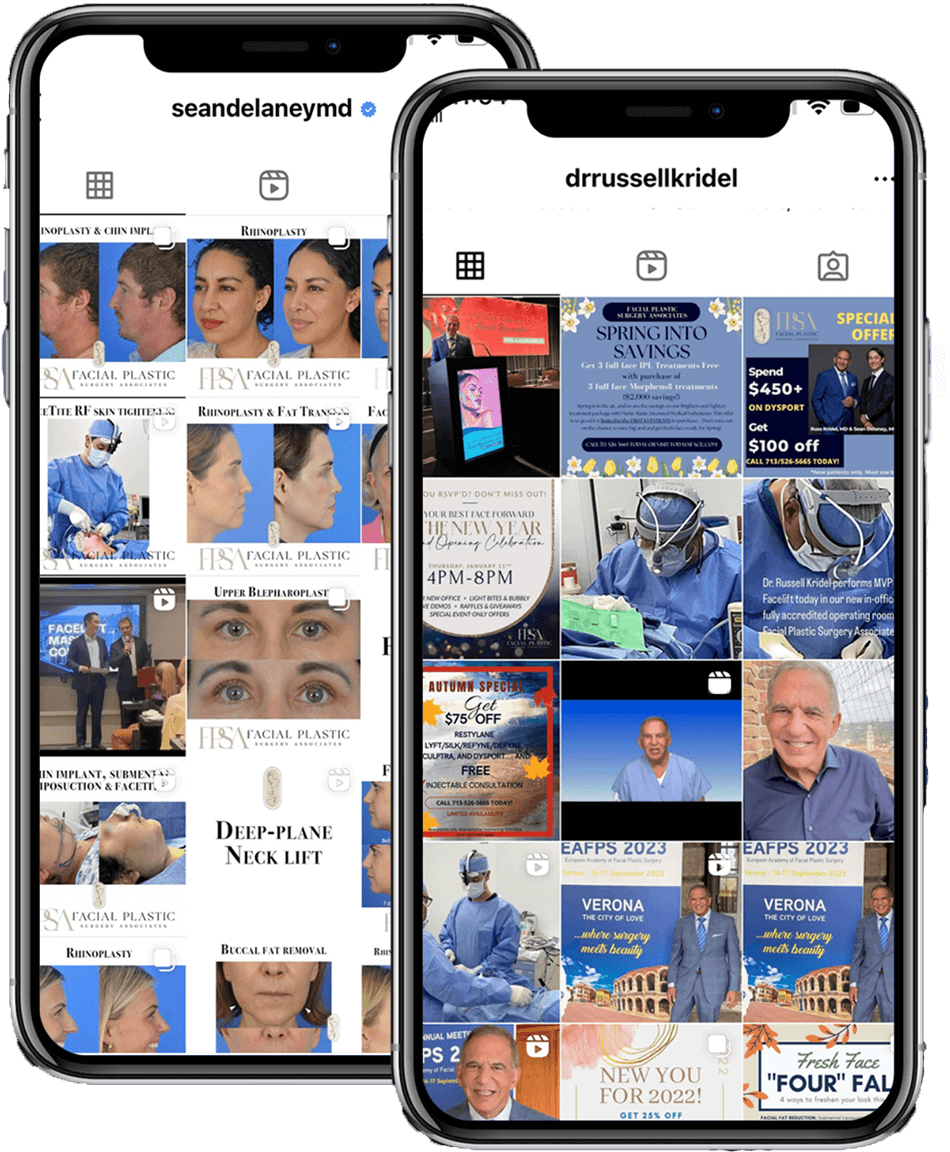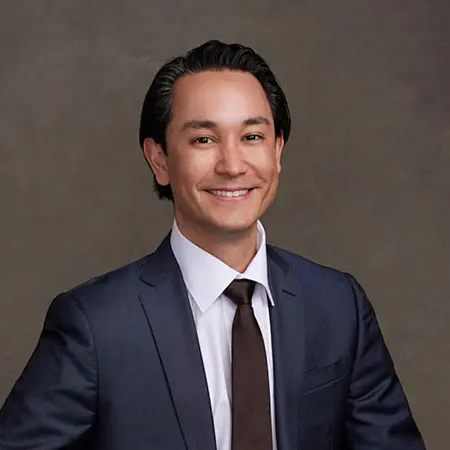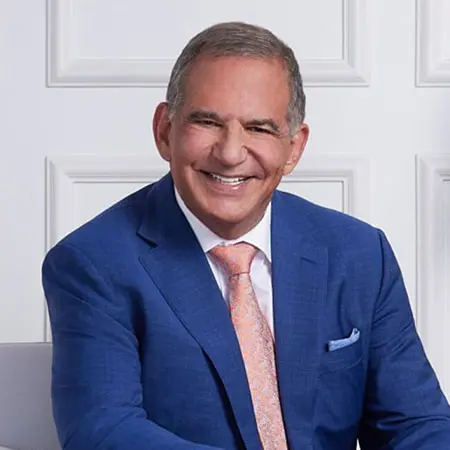Blog
Posted November 09, 2012 in Ethnic Rhinoplasty, Revision Rhinoplasty
Importance of Selecting A Rhinoplasty Surgeon Rhinoplasty, particularly Revision Rhinoplasty and Ethnic Rhinoplasty, surgery can be the most difficult and exacting of all facial plastic surgery procedures. While it may not seem that way when you look in a mirror and see the simple outline of your nose, the underlying anatomy is actually quite complex. […]
Read More
Posted January 19, 2012 in Rhinoplasty Recovery, Rhinoplasty Surgeon
Answer: With a Revision Rhinoplasty, almost any graft from the Primary Rhinoplasty can be removed in the hands of a highly experienced Revision Rhinoplasty specialist, but with caution and meticulous dissection so as not to cause injury to other structures. However, you have also expressed that 5 years after your Primary Rhinoplasty from another surgeon, […]
Read More
Posted October 28, 2011 in Revision Rhinoplasty
ANSWER: A Polly beak deformity is the appearance of a rounded fullness of the lower third of the nose that obscures any definition of the nasal tip. This nasal deformity can have many causes — including, from a previous primary rhinoplasty surgery or a revision rhinoplasty surgery — and therefore there are many different solutions […]
Read More
Posted October 26, 2011 in Revision Rhinoplasty
Answer: When large quantities of cartilage are needed in Revision Rhinoplasty, rib cartilage can be the best solution. But, to avoid the scarring, pain, and possible lung puncture of harvesting your own cartilage, rib cartilage can be obtained from a tissue bank safely with no higher a complication rate than using your own cartilage and […]
Read More
Posted September 28, 2011 in Revision Rhinoplasty
Answer: Recently, I have been asked several questions about how a hump on the bridge of the nose can be reduced without changing the width of the bridge and if lateral osteotomies are necessary with Rhinoplasty or Revision Rhinoplasty surgery. First, here is a quick clarification on lateral osteotomies. The term osteotomy is derived from Greek and […]
Read More
Posted October 28, 2009 in Revision Rhinoplasty
What patients often don’t understand is that all noses are different and so are the surgeons that operate on them. And, of all the surgeries in the discipline of facial plastic surgery, a Houston rhinoplasty (the cosmetic reshaping of the nose) is the most challenging operation of all. On a national average, about 20% of […]
Read More




